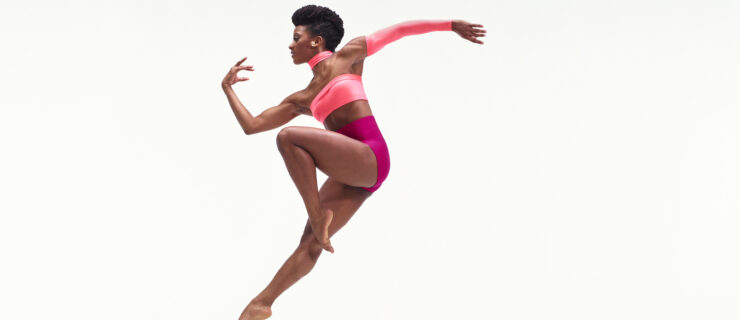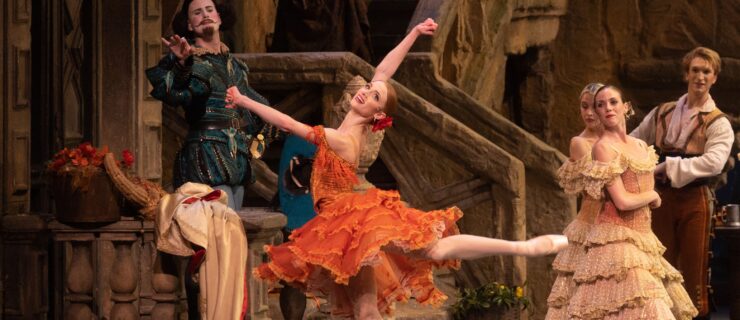Best of 2018: DM Contributors Share Their Favorite Dance Moments of the Year
Dance Magazine
editors and writers chose their favorite dance happenings of the year. Here are the moves, moments and makers that grabbed us:
Most Heartbreaking History Lesson: THEM
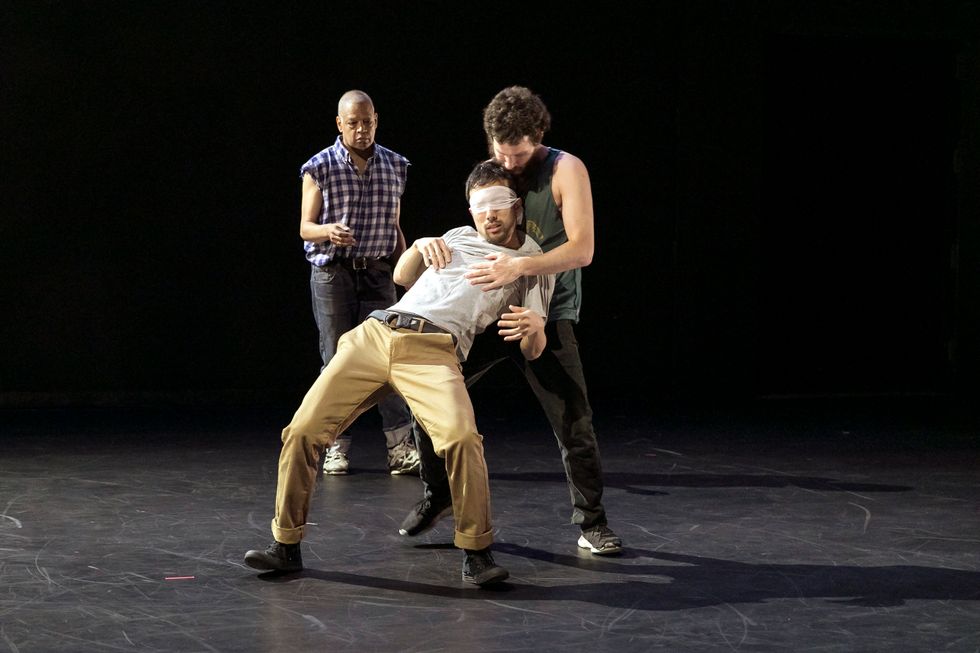
Ishmael Houston-Jones (left) and dancers in THEM. Photo by Rachel Papo, courtesy Blake Zidell & Associates
Originally performed in 1986 at the height of the AIDS epidemic, THEM was revived this year at Performance Space New York just as our collective memory of the crisis veers dangerously close to fading. Created by choreographer Ishmael Houston-Jones, composer Chris Cochrane and writer Dennis Cooper, the piece is a brutal, vulnerable, haunting exploration of gay sexuality and the horrors that AIDS inflicted on the artistic community. The cast—a youthful group, mainly queer men of color—appropriately reinterpreted the improvisation-based choreography for a time when so much has changed, and yet so much hasn’t. —Lauren Wingenroth, assistant editor
The Feminist Art We All Needed: The People Movers’ Glass
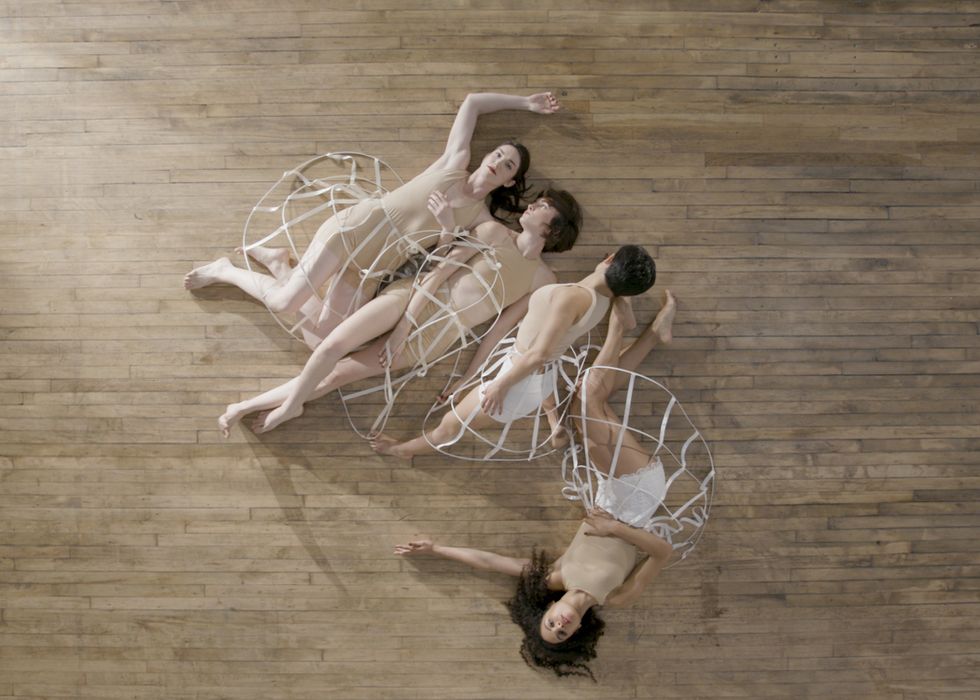
The People Movers in Glass. Photo by Chelsea Robin Lee, courtesy Ladenheim
What happens to a community forced to live under a glass ceiling? Glass, a film and performance project from Kate Ladenheim and The People Movers, handled heavy, heady concepts—like internalized misogyny and the patriarchal paradigm—in a way that was as artfully, entertainingly composed as it was intellectually stimulating. The four performers painted the audience’s nails, preened in pantsuits and pushed each other’s buttons—and showed off seriously smooth contemporary chops. —Courtney Escoyne, assistant editor
Boldest Reinterpretation of a Story Ballet: Dada Masilo’s Giselle
Dada Masilo’s Giselle isn’t pretty: The protagonist’s death is disturbing, not romantic; the Wilis are frighteningly vengeful, not delicate or pitiful. A black South African choreographer, Masilo reveals the violence behind the beloved plot. When Giselle (danced by Masilo herself) is betrayed, beaten and sexually assaulted in front of fellow villagers, they mock her, blaming her for being foolish enough to let it happen—and reminding us how survivors have been treated since long before the rise of #MeToo. —Jennifer Stahl, editor in chief
Most Creative Placemaking: Laura Gutierrez’s Center Aisle Blues
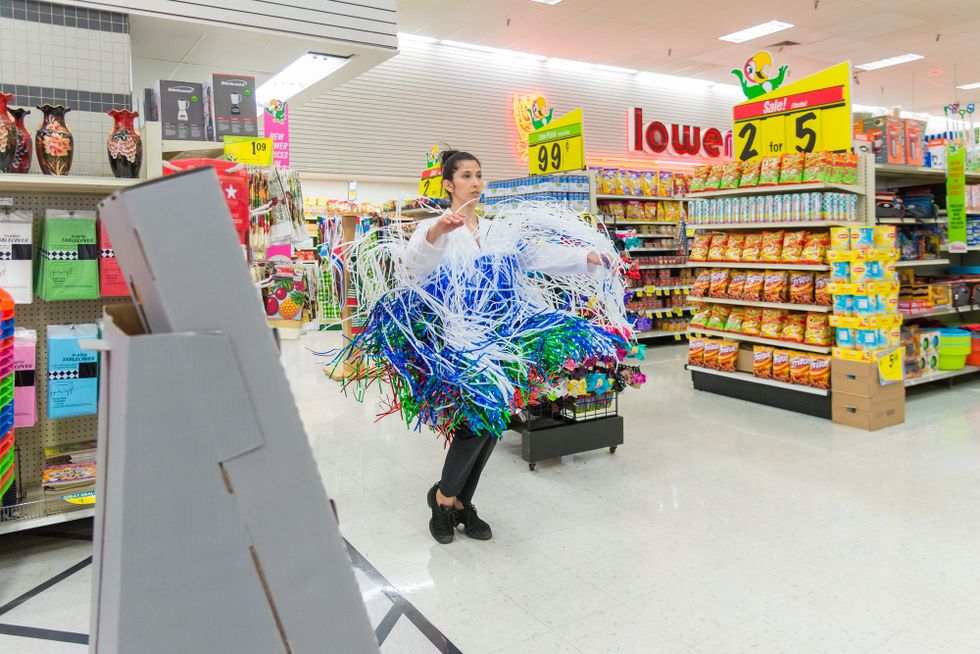
Laura Gutierrez in Center Aisle Blues. Photo by Dabfoto Creative Services, courtesy University of Houston Cynthia Woods Mitchell Center for the Arts
Laura Gutierrez wanted to address her Houston Tejano heritage. Where better to do that than a Fiesta Mart, her go-to place growing up for everything from piñatas to quinceañera dresses? For Center Aisle Blues, Gutierrez spent weeks getting to know the staff and scouting her path through the store, finding its nooks and crannies. Her vocabulary ranged from sleek, linear movement to elaborate ways of connecting to the aisles. She fully owned the idea of dancing in the middle of a supermarket. The piece ended with her standing on her car in the Fiesta parking lot dressed in a sparkly fringed jacket, facing a city still recovering post-hurricane like a beacon of hope. —Nancy Wozny, contributor
Best Gender-Bending Tap Dance: Caleb Teicher’s Great Heights
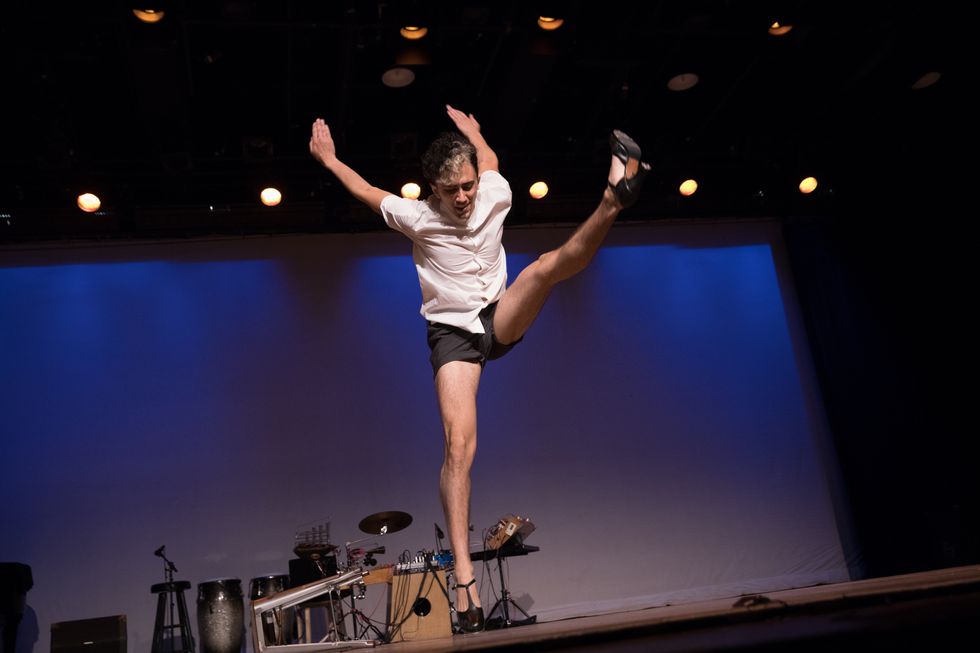
Caleb Teicher in Great Heights. Photo by ADG Photography, courtesy American Tap Dance Foundation
He’s got style. He’s got speed. And he’s got chutzpah. This we know. But had we ever seen him dance in short shorts and high-heeled tap shoes? At American Tap Dance Foundation’s Rhythm in Motion showcase, Caleb Teicher blew us away with his gender-bending solo Great Heights. His legs slapped, stomped and jabbed at the floor before he pounced on top of a bar stool. Then he kicked and tapped up a storm on that high perch. —Wendy Perron, editor at large
Most Creative Use of Props: Mean Girls
Who knew plastic lunch trays could stop a Broadway show? In Mean Girls, Casey Nicholaw trades tap shoes for trays to create percussive effects akin to classic song-and-dance numbers. The cafeteria-based “Where Do You Belong?” is a tongue-in-cheek breakout song, and it’s deliciously over-the-top. —Madeline Schrock, managing editor
Most Dynamic Performance: Dorothée Gilbert in La Fille mal gardée
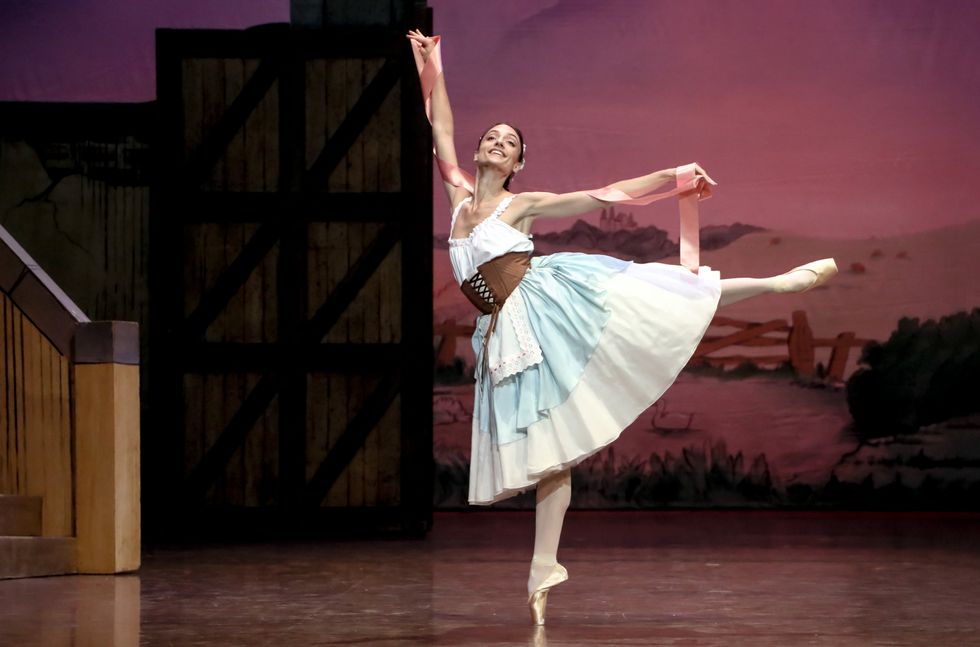
Dorothée Gilbert in La Fille mal gardée. Photo by Francette Levieux, courtesy POB
As Lise in Sir Frederick Ashton’s La Fille mal gardée, Paris Opéra Ballet étoile Dorothée Gilbert possessed mischief and charm that had the audience laughing out loud. From her seamless attitude promenade (supported only by ribbons) to her sharp footwork and even sharper comedic timing, Gilbert’s performance was both a technical and an artistic dream. —Marissa DeSantis, style & beauty editor
Biggest Boost to Ballet: San Francisco Ballet’s Unbound Festival
With 12 world premieres from the likes of Justin Peck, Annabelle Lopez Ochoa and Alonzo King, San Francisco Ballet’s Unbound Festival was a 17-day smorgasbord of dance. But it was so much more: Principal dancers revealed new sides of their artistry, featured roles transformed corps members into overnight stars and wildly imaginative works like Arthur Pita’s Björk Ballet got everyone talking. At each intermission, the War Memorial Opera House lobby echoed with impassioned debates about what worked, what didn’t and what was unlike anything seen before on the SFB stage. Unbound gave ballet, and audiences, a thrilling boost of adrenaline. —Claudia Bauer, contributor
Best Breakthrough: Lauren Lovette in Alexei Ratmansky’s Namouna
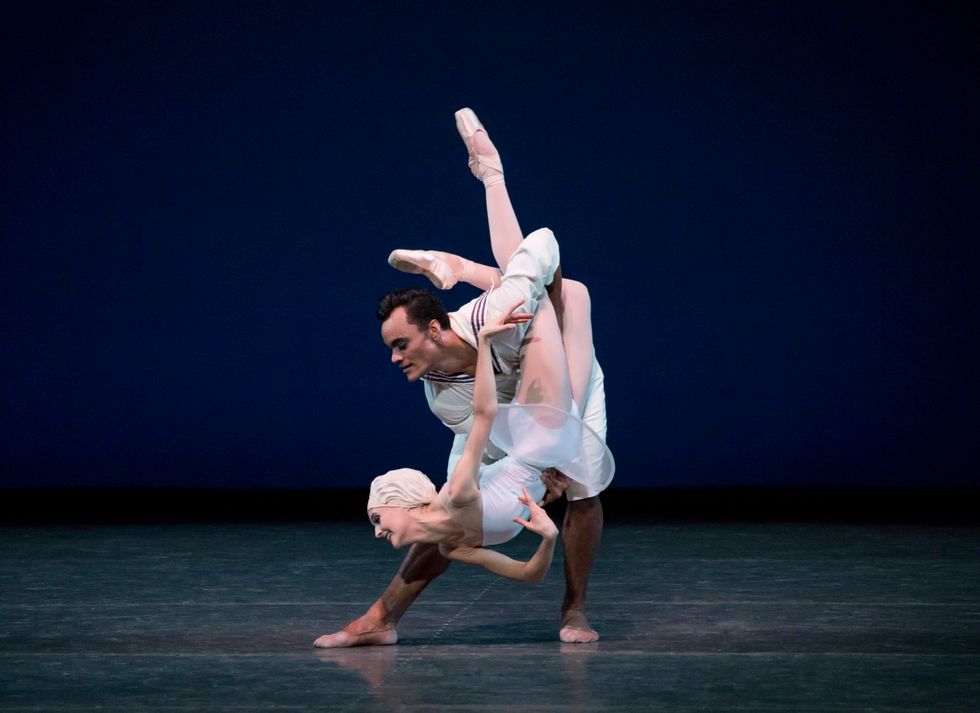
Lauren Lovette and Taylor Stanley in Namouna. Photo by Paul Kolnik, courtesy NYCB
Every so often, a performance seems to reveal the essence of a dancer. Lauren Lovette has always been a vivid performer. But during her debut in Alexei Ratmansky’s fantastical, comic Namouna, a Grand Divertissement, the New York City Ballet principal infused her dancing with an attack and a lack of inhibition that felt new. “I adapted the role to her, lifted the passés and made the battements bigger so she felt she could be big onstage,” Ratmansky says of their collaboration. That push seems to have unleashed something in her. Channeling her already distinctive personality through the eccentricities of the role, she was more present than she’s ever been. —Marina Harss, contributor
Most Promising Debut Season: Terminus Modern Ballet Theatre
In four world-premiere works, Terminus Modern Ballet Theatre’s inaugural season in Atlanta offered up dance that was technically pristine and highly entertaining. Braving torrential spring showers, Tara Lee’s The Vertical closed the season outdoors with a playful and heartfelt look at aging. Whether out in the community or in a traditional theater, the five founding members of the company, all former Atlanta Ballet dancers, have shown that they know what it takes to put on a memorable show. —Candice Thompson, contributor
Most Inventive Dance Play: The Beast in the Jungle
Susan Stroman could have spent the rest of her days after The Producers just directing and choreographing in a similar, stupendously successful vein. But she went off-Broadway instead, and this year outdid herself with The Beast in the Jungle, at the Vineyard Theatre. Enlisting the extraordinary talents of Irina Dvorovenko and Tony Yazbeck, using multiple dance vocabularies, and going to a 1903 Henry James story for material, she put together what she calls a “dance play,” and it was altogether enthralling. John Kander’s waltz-inspired score ran the gamut of emotions, and her choreography did too—from a swooningly romantic pas de deux to a wrenching, heartbreaking solo, with a fantastic, multiheaded imaginary beast in between. —Sylviane Gold, contributor
Most Delightfully Unexpected Trend: Contemporary Dance in Music Videos
This year, Florence Welch and Akram Khan worked together on “Big God,” by Florence + The Machine; Emma Portner created movement for Maggie Rogers’ “fallingwater”; and Sidi Larbi Cherkaoui choreographed “APESHIT,” by Beyoncé and Jay-Z. High-profile music artists hiring contemporary choreographers seemed to be the trend of 2018—even for music not traditionally considered “dancy.” These collaborations gave contemporary dance a bigger platform, and showed what it can bring to any style of music. —Kelsey Grills, audience engagement editor


